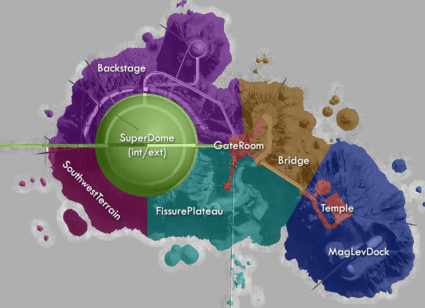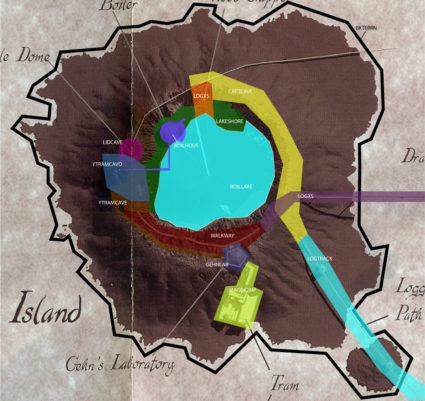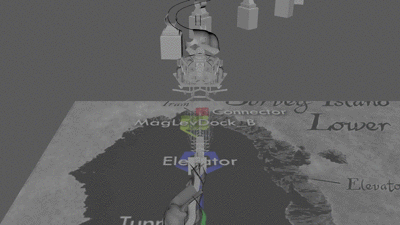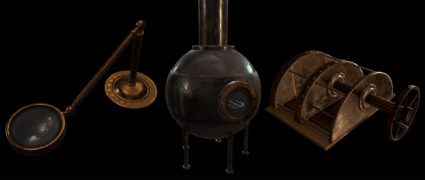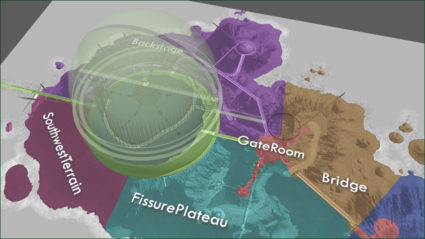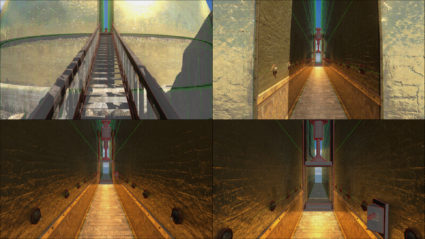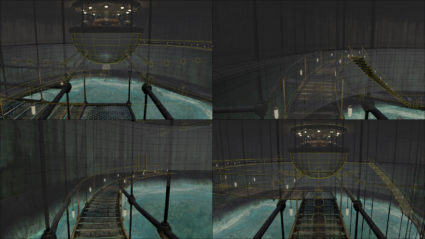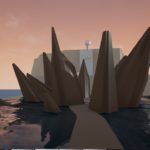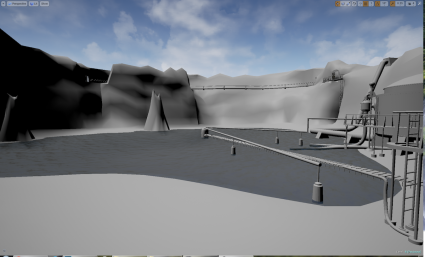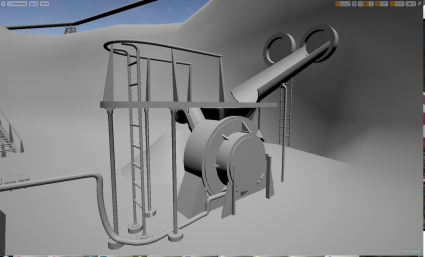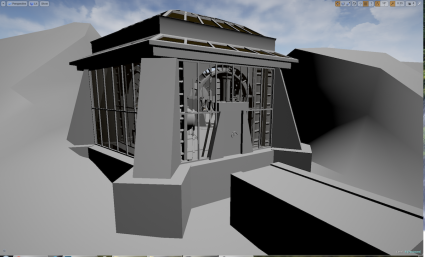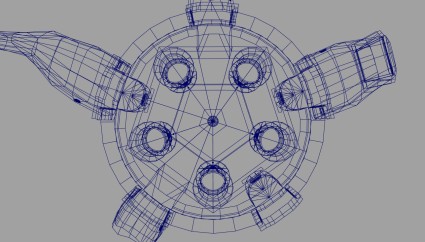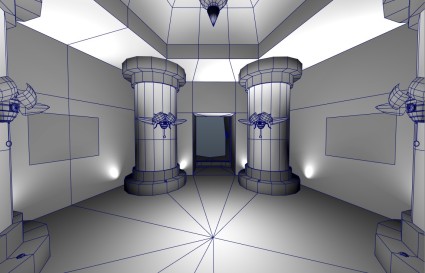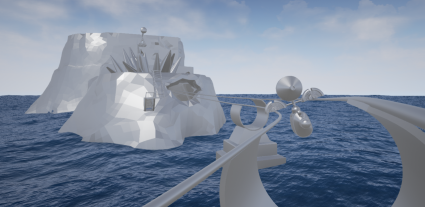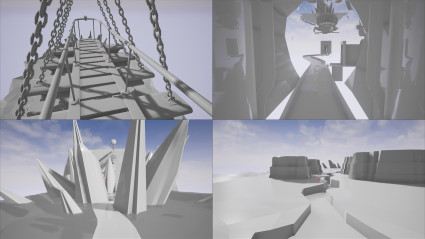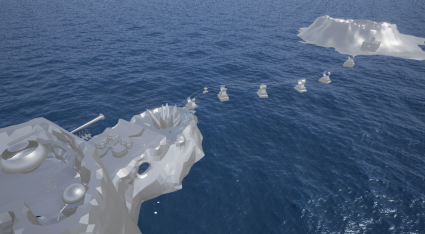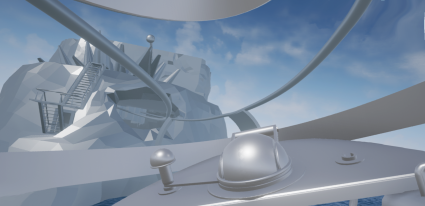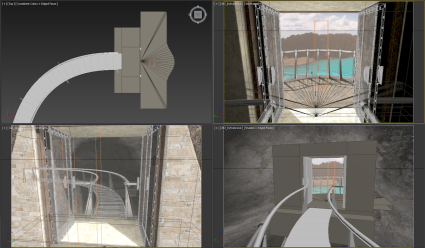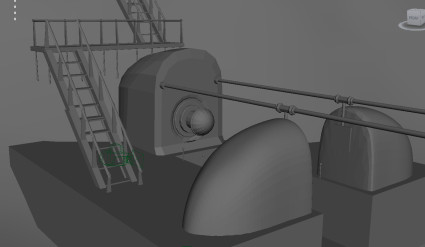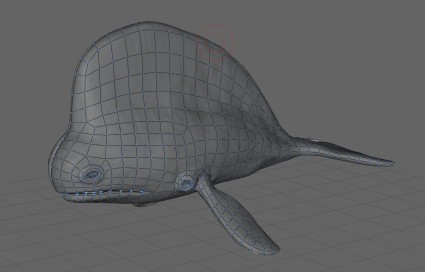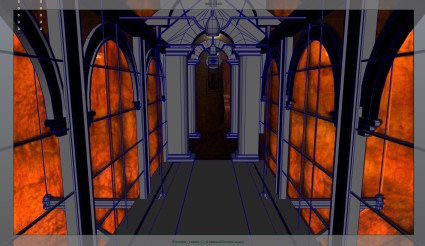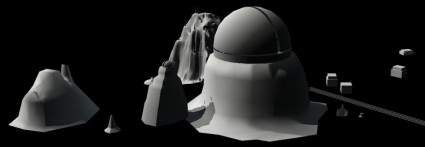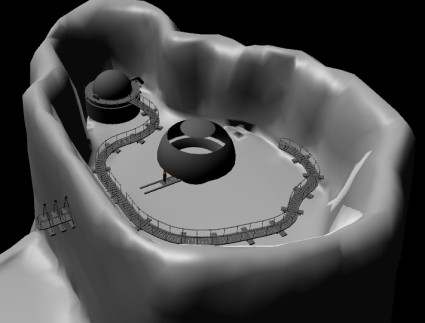To Divide and Conquer
Last month we shared some of our recent camera-matching work on Temple Island, and we noticed that there was some great discussion regarding the coloured region map we used to place the SuperDome. To answer your questions, we thought we’d go into a bit more detail about what those maps are and how they help us reconstruct such a large and complicated environment as Riven.
We have made extensive use of a detailed top-down map of Riven’s five islands (you can find it in the Prima Strategy Guide) to break each island into what we call ‘areas’. This helps us organise ourselves, allowing us to group objects and tasks by area and making it much easier to visualise what needs to be done next. Breaking up an island into sections also means multiple people are able work on it at the same time without getting in each other’s way.
Unfortunately, the map isn’t always trustworthy. We suspect that most (if not all) of the interiors are just inventions based on a best guess, and there are other parts of the map (especially on Jungle Island) where the map clearly deviates from the actual game environment. This can be very problematic, as in the past we’ve tended to over rely on it for placing objects in a scene. This is especially prominent in areas that are mostly indoors, like Survey Island’s interior.
As you can see, not only is there a significant scale disparity between our camera-matched geometry and the overhead map, but the map even gets the shape of the pentagonal elevator shaft backwards!
To solve these difficulties, we have a simple rule. Whenever there is a conflict between the original game and the overhead map, we will always defer to the environment as represented in the original stills. They remain the best possible reference.
The overhead map has also had other benefits that directly affect how the game will be played. We use the same area layout as the foundation of our level streaming system, which will let the player traverse the entire age of Riven without needing to see a single loading screen (or switch disks!)
That, however, is a topic for another day.
A big welcome to our new team members:
Jonas Becsan (VFX Artist)
Jordan Cain (3D Artist)
